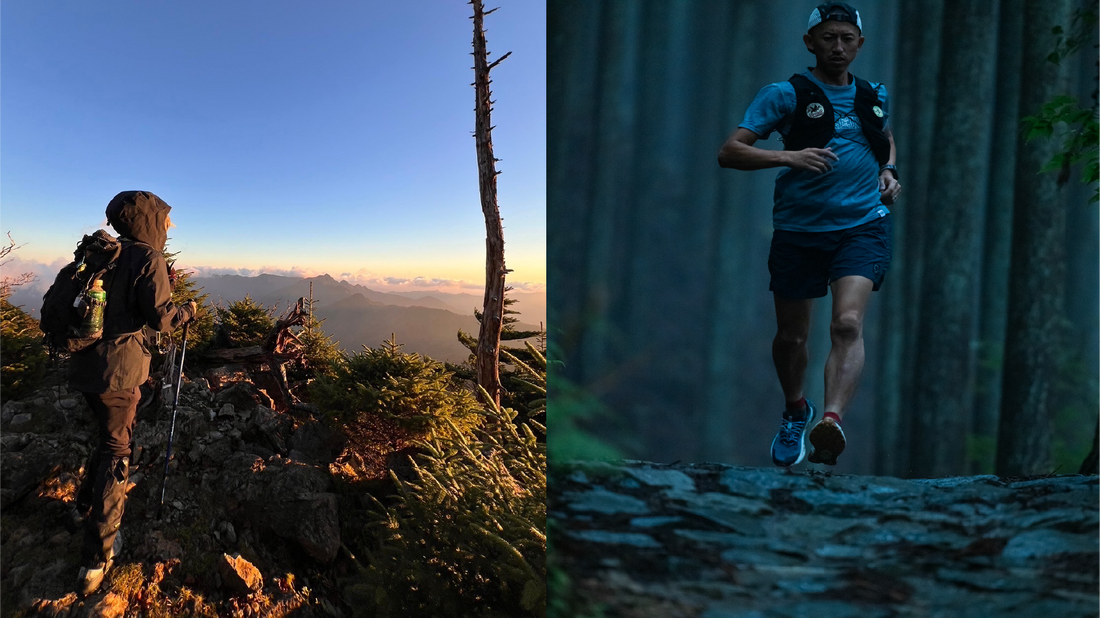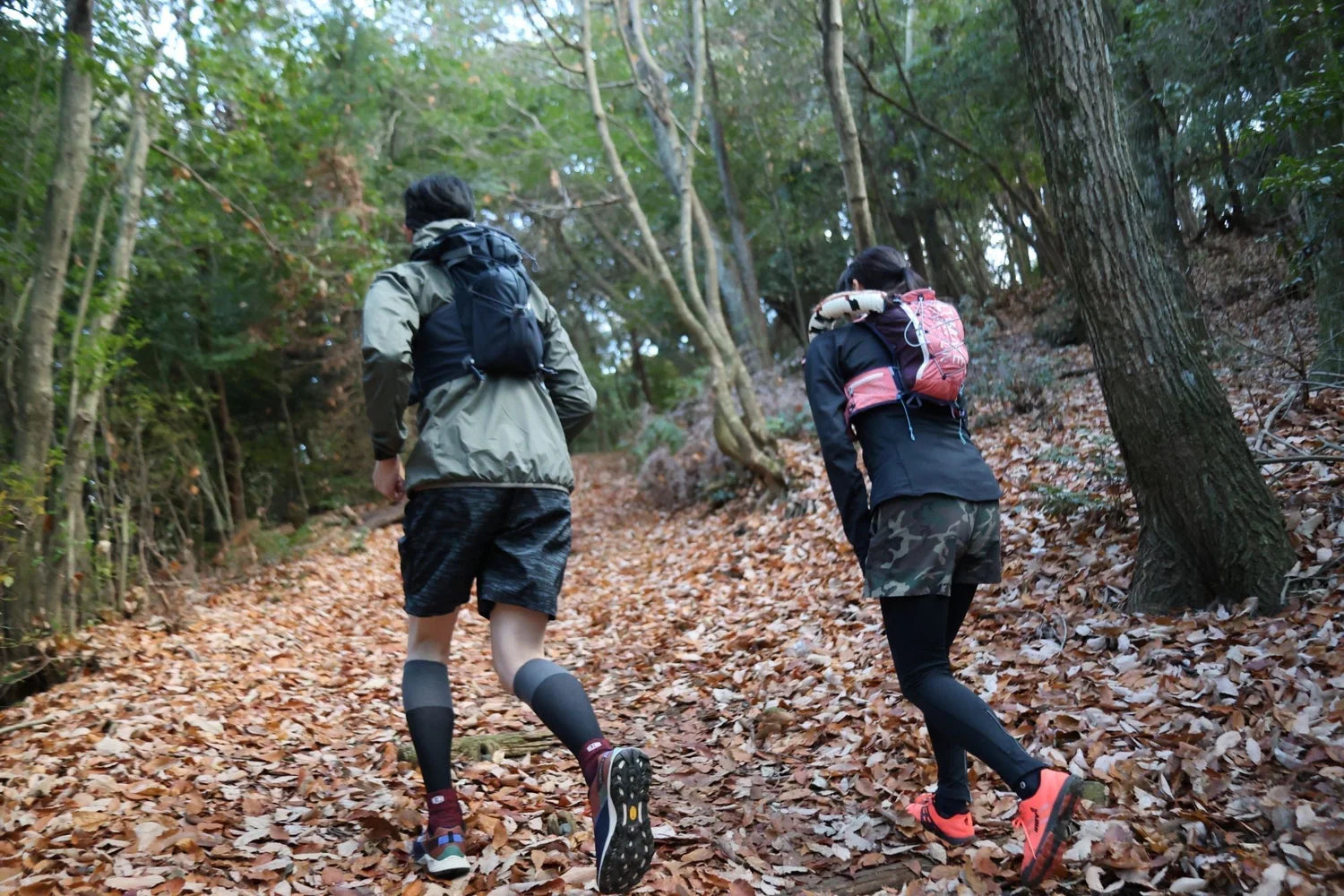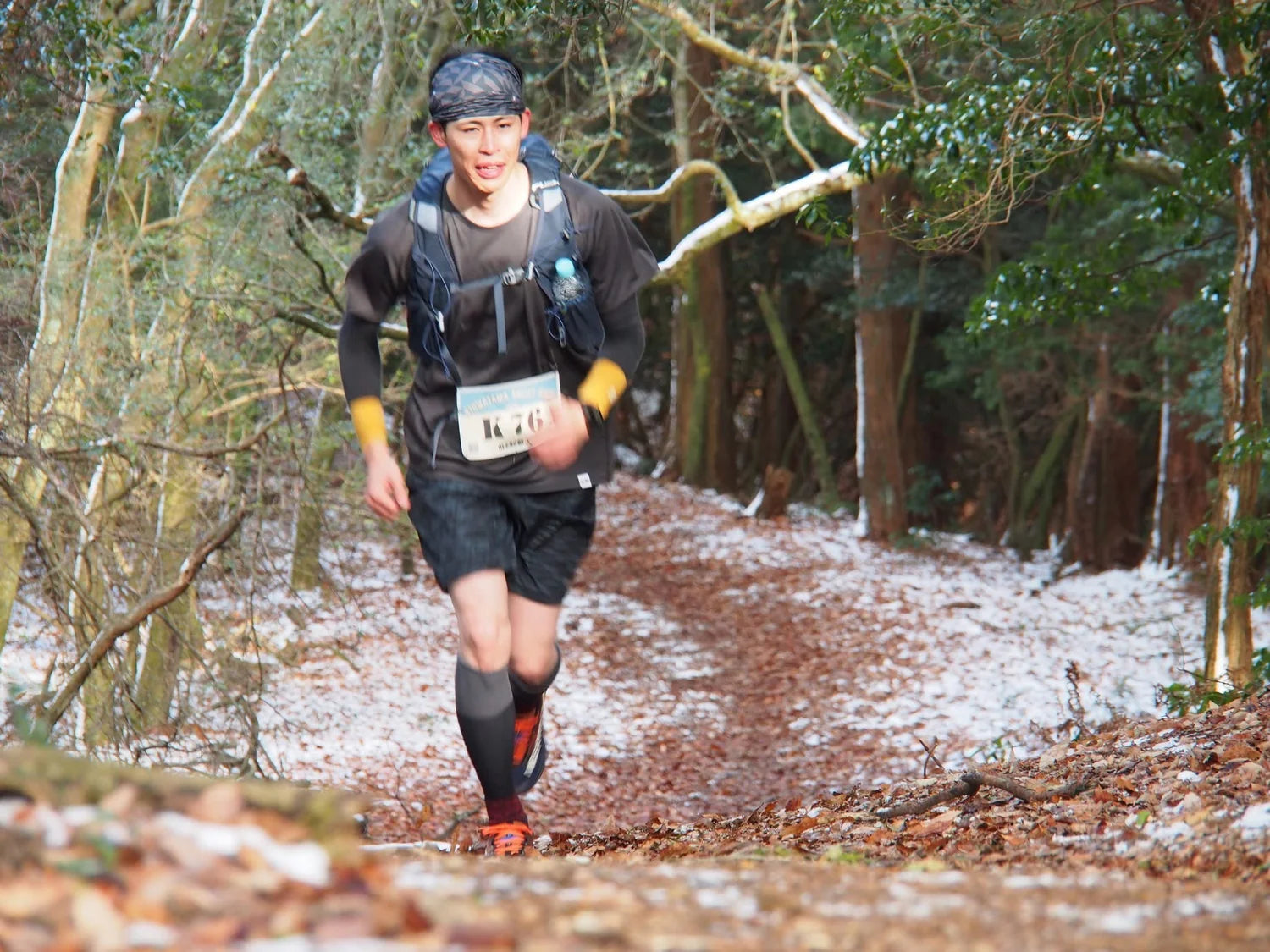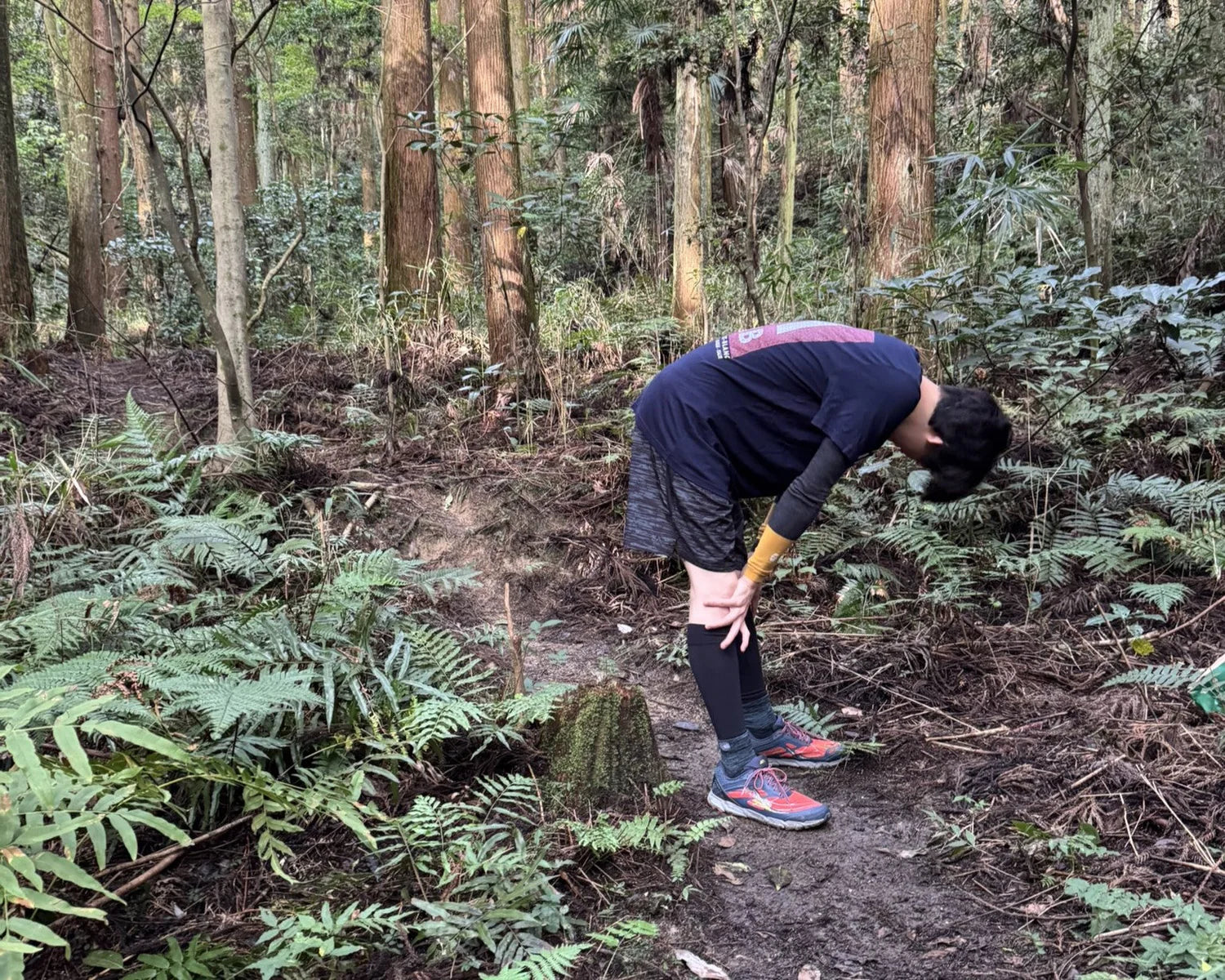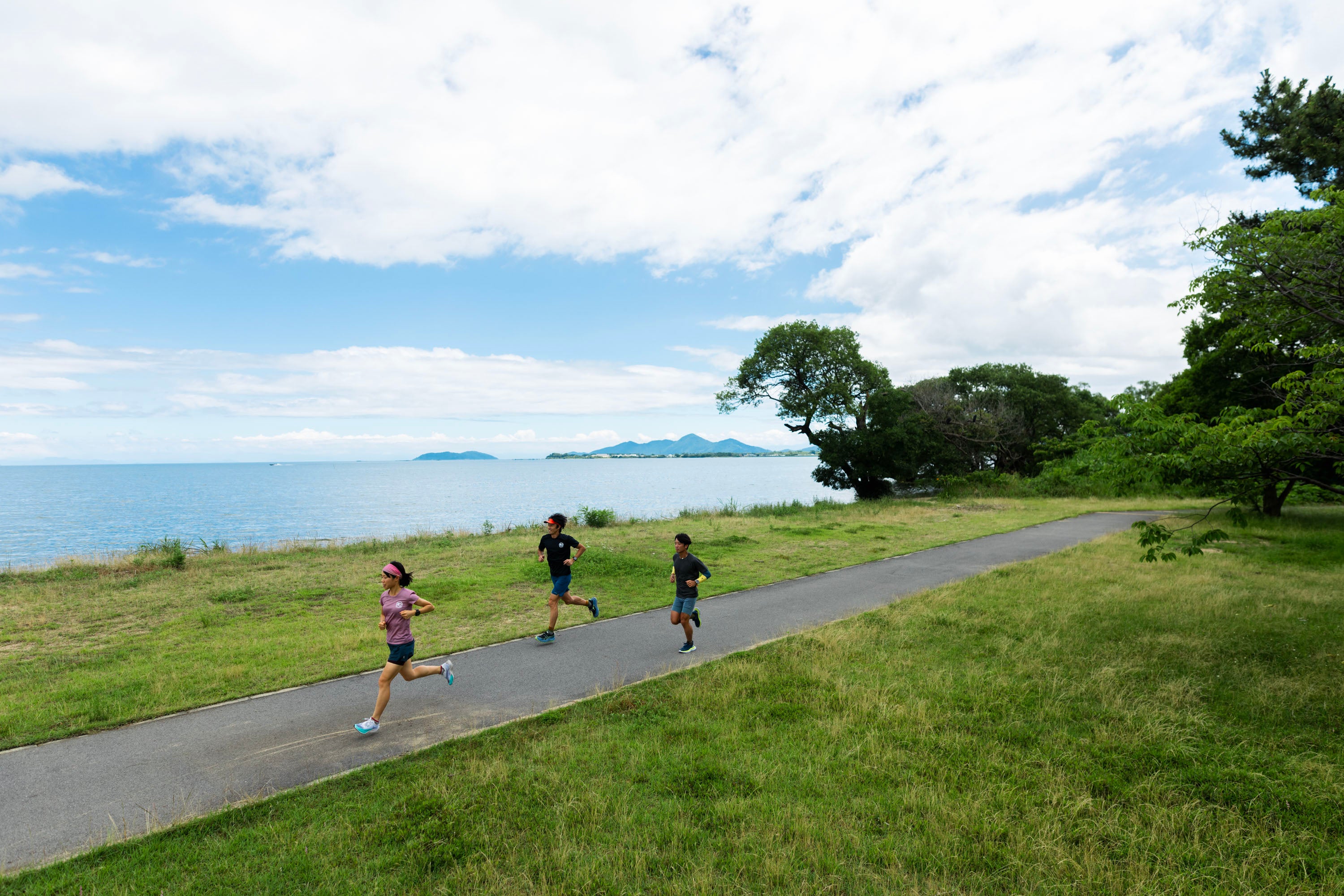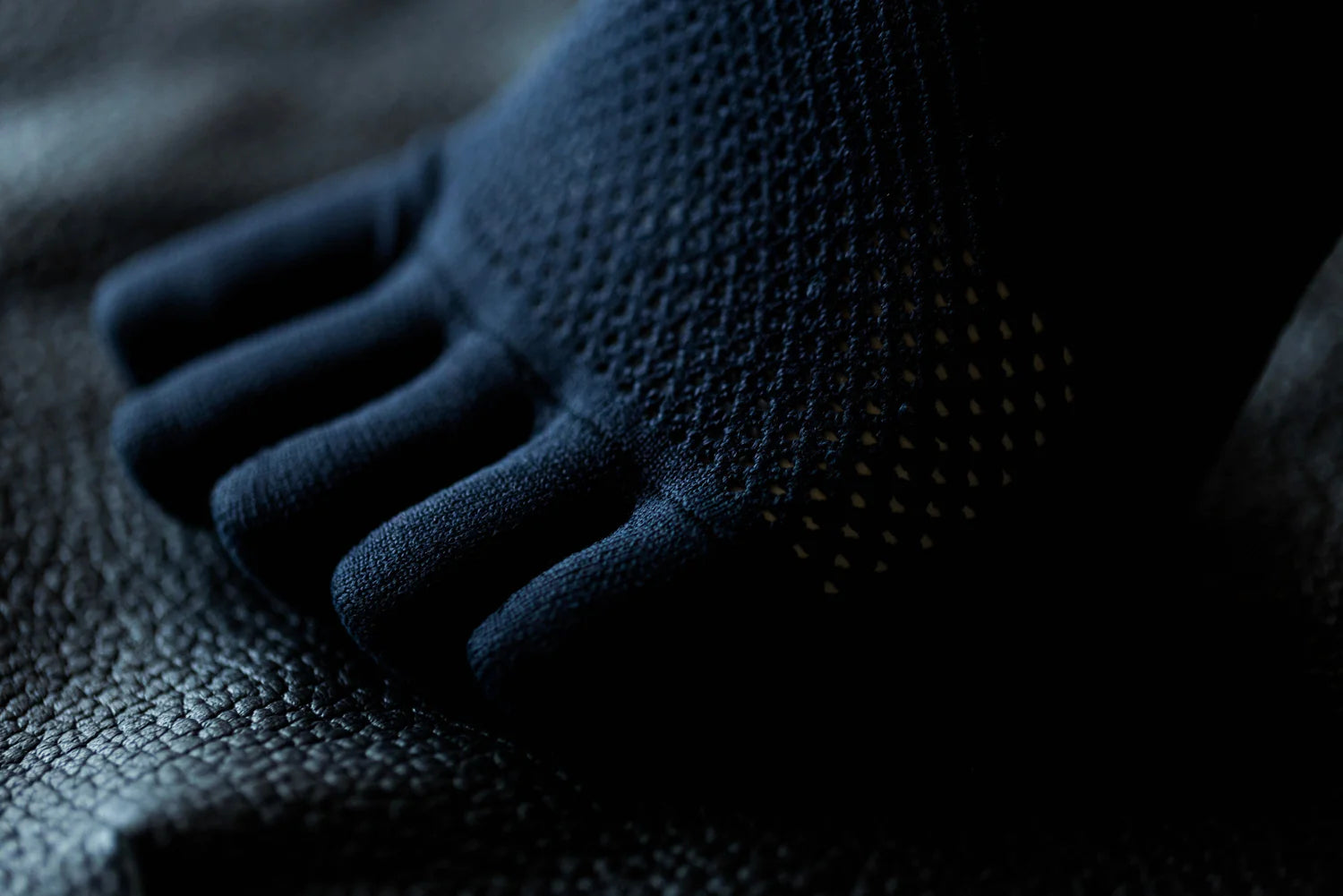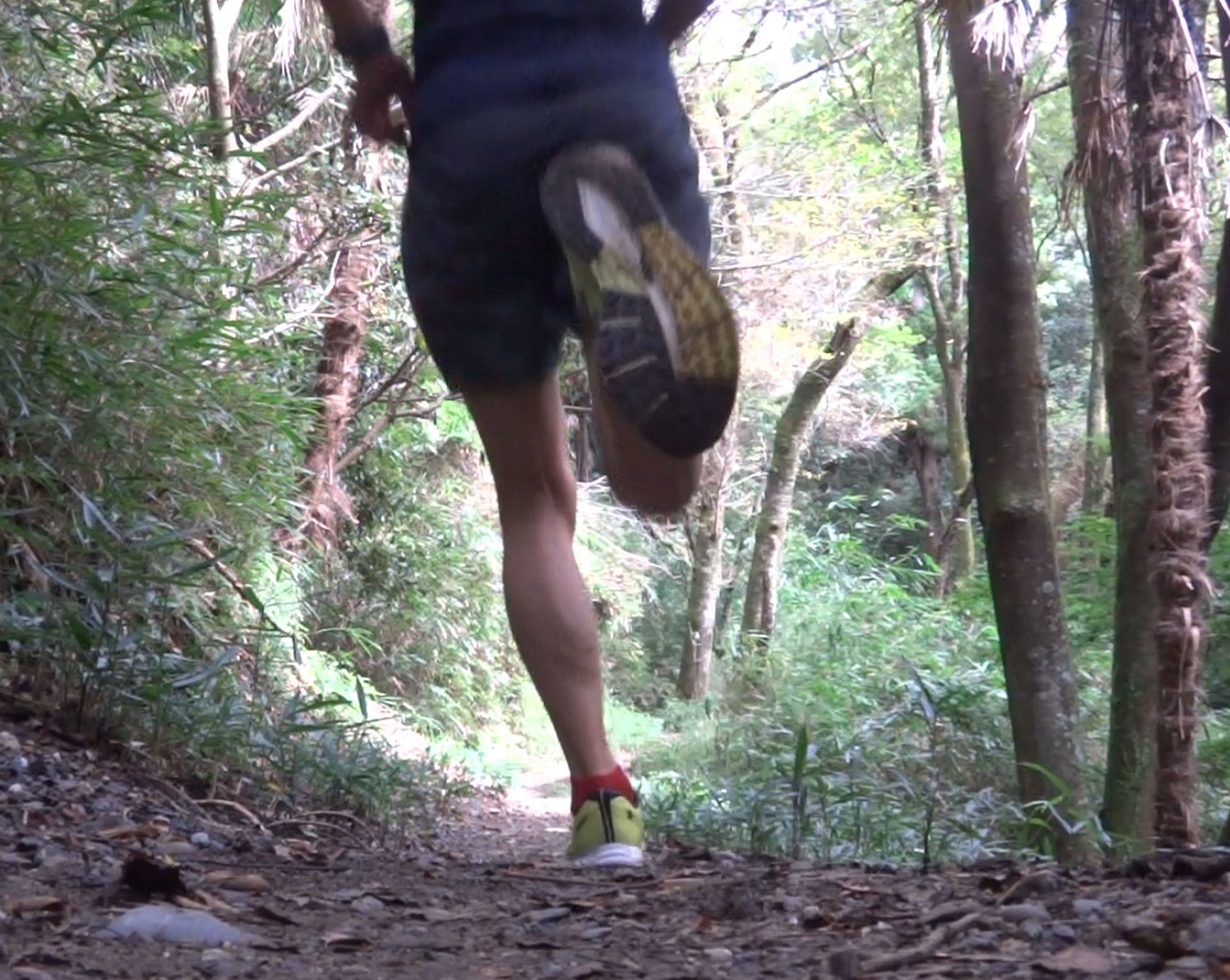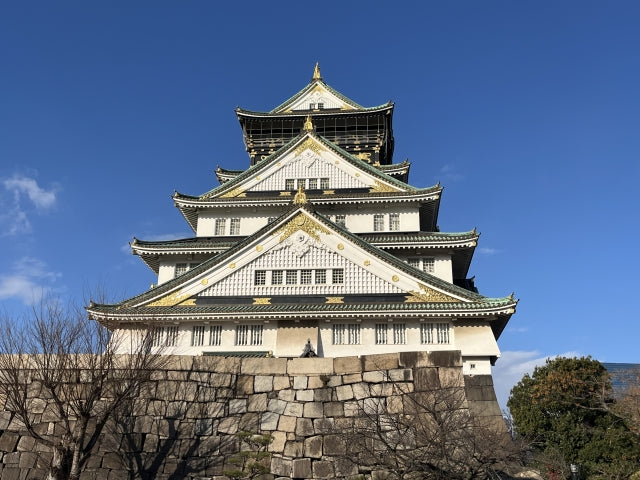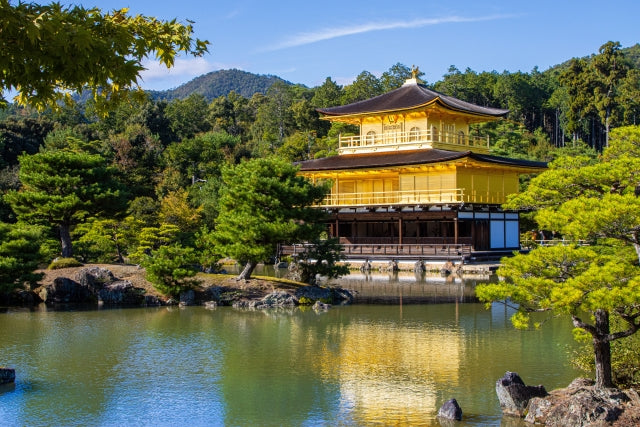Trail running is a sport that has been gaining attention in recent years, but the number of participants is still small, estimated at around 200,000 (compared to 3.09 million for soccer and 1.01 million for baseball).
It's such a tough sport that even Hiroyuki, the founder of 2channel, has stated that "Trail running people are crazy." However, people who seek excitement and a sense of accomplishment are deeply involved in it, and it seems that there are a lot of trail runners who have a background in marathon running or mountain climbing.
So, in this article, OLENO, a developer of trail running socks and mountain climbing socks, will explain the differences for those who are expanding their activities from mountain climbing to trail running.
【table of contents】
- What is trail running?
- The difference between trail running and mountain climbing/trekking
- The difference between trail running and speed hiking (fast hiking)
- What equipment is needed for your first trail run?
- Recommended training methods for beginner trail runners
- summary
1.What is trail running?
Trail running (abbreviated as TRA) is a sport in which you run on unpaved roads in natural areas such as mountains and forests .

It is done in an environment similar to mountain climbing or hiking, but its main feature is that it is basically run-based . Unlike road running, it requires a sense of balance and explosive power because it is run on unstable footing. Also, because it involves climbing a mountain, it consumes a lot of physical energy and exerts a lot of muscle mass.
2. Differences between trail running and mountain climbing/trekking
| item | Trail running | Mountain climbing and trekking |
|---|---|---|
| speed | Fast (run) | Walk slowly |
| Equipment | Lightweight and compact | Heavy equipment and emphasis on safety |
| the purpose | The joy of running and the sense of speed | Enjoy the scenery and nature |
| Physical consumption | High (aerobic exercise) | Relatively low |
| risk | There is a risk of falling | Low to proceed carefully |
Trail running is a sport that allows you to become one with nature while enjoying the feeling of speed, but it consumes more energy than mountain climbing and requires simple, lightweight equipment . Also, while mountain climbing allows you to enjoy nature at your own pace over time, the appeal of trail running is that you can achieve a sense of accomplishment in a short amount of time .
3. Difference between trail running and speed hiking (fast hiking)
| item | Trail running | Speed hike/Fast hike |
|---|---|---|
| speed | Fast (7-12km/h) | Slightly fast (4-6km/h) |
| Equipment | Lightweight and compact (minimal gear) | Medium weight and emphasis on stability (trekking poles, etc.) |
| the purpose | The joy of running and the sense of speed | Scenery, a sense of accomplishment, and a walking meditation |
| Physical consumption | High (especially for the heart, lungs, and lower limbs) | Medium to slightly high (emphasis on endurance) |
| risk | There is a risk of falling | Precautions for leg fatigue and prolonged activity |
Both activities involve running/walking in nature, but they are activities with different purposes and styles. It's best to choose based on your preferences and the conditions of the day. Trail running is for people who prioritize competitiveness and improving their cardiopulmonary function , while speed hiking (fast hiking) is ideal for people who want to enjoy the scenery and a sense of accomplishment while minimizing physical strain and who prefer long periods of activity .
4. Equipment needed for your first trail run
For beginners, proper equipment is important. In another article, we explain what equipment beginners should have if they don't have the budget for it.
①Trail running shoes
Regular running shoes are slippery and dangerous. Hiking shoes are designed for long periods of walking and carrying heavy loads, and are heavy, sturdy, and provide strong ankle support, making them unsuitable for running. Therefore, it is best to choose shoes specifically for trail running. Trail shoes feature soles with good grip, which reduces strain on the feet .
Famous manufacturers: HOKA, ALTRA, SALOMON
②Quick-drying clothing
By choosing clothing that is highly absorbent and quick-drying , you can prevent sweat from chilling you and run comfortably. The amount of sweat you produce is extraordinary compared to road running or mountain climbing. However, when you stop or take a break due to the difference in altitude, your body temperature will drop rapidly.
In summer, wear a breathable shirt and shorts , and in winter, wear a windproof jacket . Even in summer, if you are going to a mountain above 1,000m, it is better to bring a thin windproof jacket.
summer

winter

③ Trail running socks
Unlike mountain climbing or road running, trail running puts a lot of strain on your feet , causing constant foot problems such as socks tearing easily , blisters , and more . For this reason, it's important to enjoy trail running by choosing socks that are extremely durable , and also optimal for the distance you'll be running , the season , and the characteristics of your feet .
I'm sorry to introduce our own product, but at OLENO, we develop and manufacture socks specifically for trail running, and they are worn by many runners, both beginners and advanced. We are particularly particular about the design, which is resistant to wear and provides firm support for the feet even during long periods of use. We would be delighted if you could take a look at what our socks are like.

④ Hydration (hydration system)
Trail running involves long periods of exercise, so staying hydrated is essential. Make use of hydration packs and soft flasks . It's especially important to drink plenty of water in the summer to prevent dehydration. I personally carry 700ml (two 350ml soft flasks) with me, even in winter.
⑤ Running backpack
Pack a lightweight trail running backpack to carry basic food and emergency supplies, as well as warm clothing, energy bars, and a first aid kit.
⑥ Headlights (for night use)
If you're trail running in the evening or at night, a headlamp is essential . Since the sun sets early, especially in the mountains, be sure to bring a spare battery. If you're participating in a trail running race, a headlamp may be a required item for the event.
5. Recommended training methods for trail running beginners
-
Start short : Start with a 5km course and gradually increase the distance.
-
Practice walking and running on mountain trails : Instead of jumping straight into running, try running lightly on the trails.
-
Consider the balance between climbing and descending : It's easy to gain speed on the downhill, so practice while paying close attention to your footing.
-
Get used to your equipment : It's a good idea to test drive with your actual equipment before the actual event.
-
Include strength training : Strengthening your lower body and core, in particular, can improve your balance and prevent injury.
-
Enter a trail running competition : Having a goal will motivate you and make it easier to continue. If it's a race of 10km or less, I think you can finish it even if you just enter it.
6. Summary
Unlike mountain climbing, trail running is a sport that allows you to enjoy a sense of speed and accomplishment. When trying trail running for the first time, choosing the right equipment is important. OLENO trail running socks, in particular, support a comfortable run and are recommended for beginners.
It's also important to enjoy the ride at your own pace without pushing yourself too hard. Why not try a new challenge while experiencing the joy of running in nature?

